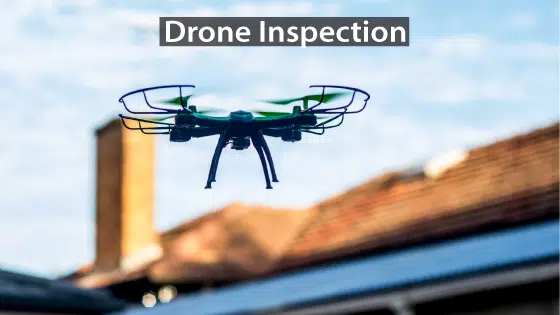What TSCM Bug Sweep Equipment & Tools Do We Use?
We use commercial grade, highly sensitive TSCM equipment in our bug sweeps, such as a spectrum analyzer and non-linear junction detector. Like other professional TSCM companies, we have various tools available for our investigations at homes, offices, and vehicles. Each engagement is unique, and the exact TSCM tools we employ varies upon the circumstances. Read below for a description of some of our TSCM bug sweep equipment.
- Spectrum Analyzer. Spectrum analyzers detect RF energy emissions from unknown or hidden devices throughout a wide frequency range up to 12 GHz. This TSCM tool also identifies Bluetooth and Wi-Fi signals to identify unknown signals.
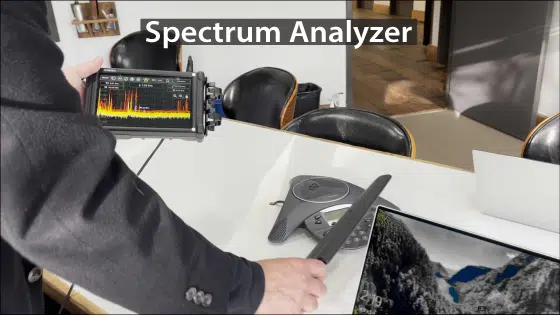
- Non-Linear Junction Detector (NLJD). An NLJD is great for detecting electronic devices in furniture, air vents, walls, ceilings, furniture, plants, and other spaces. It can locate hidden cameras, microphones, and other electronic devices regardless of whether the surveillance device is radiating, hard-wired, or even turned off.
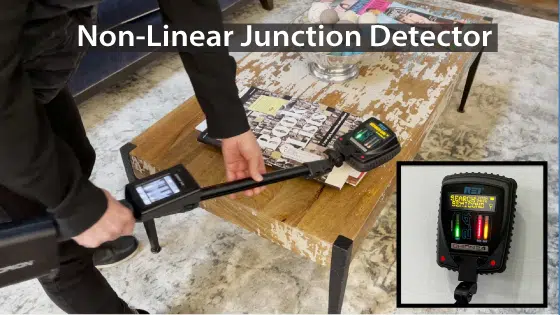
- Advanced Near-Field Detection Receiver (including RF detector) Scans for and locates various eavesdropping devices (including microphones and cameras) across the frequency spectrum from 10 kHz to 12 GHz.

- Thermal Image Viewer. With Forward-Looking Infrared Radar (FLIR) we can spot infrared (IR) and heat signatures from electronic devices on, near, or within ceilings, walls, floors, vents, furniture, artwork, clothing, lights, switches, personal property, and other electronic equipment on the premises.
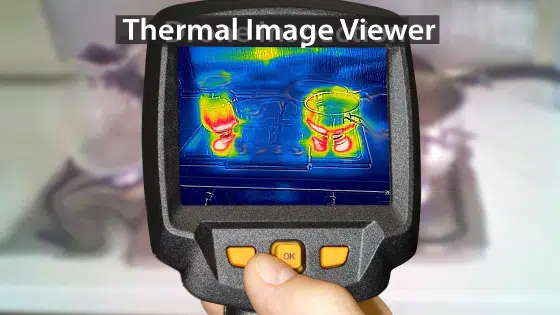
- Borescope/Endoscope. These scopes are helpful to inspect hard-to-reach areas such as inside ceilings and walls, and behind vehicle dashboards.
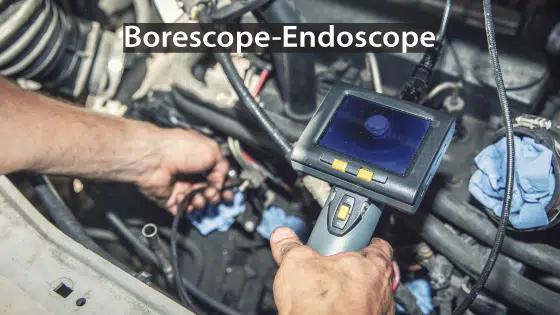
- Infrared viewer. An infrared viewer aids in exposing pinhole camera lenses.
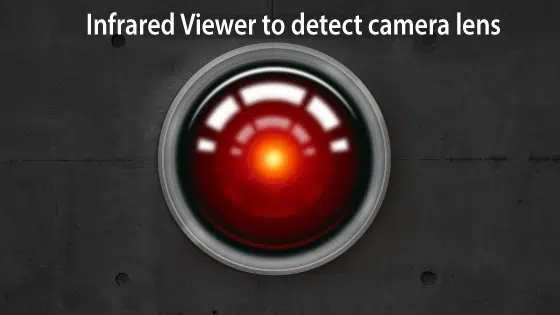
- Parabolic Microphones to search for voice recordings through windows. Check RF attenuation for free passage for RF signal through the windows.
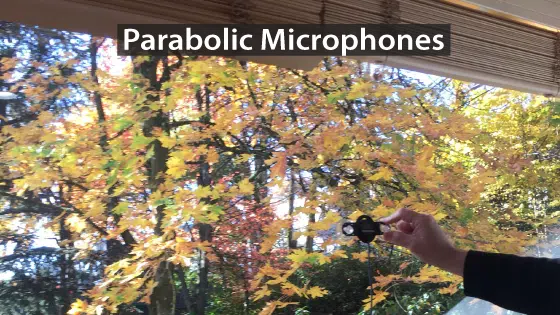
- Drone. By flying a drone, we can check for devices such as transmitters and antennas on building exteriors in areas not otherwise visually accessible.
